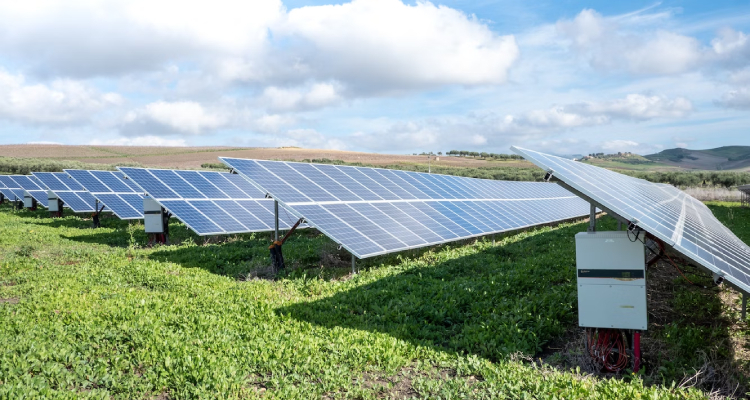
As the world grapples with the pressing challenges of climate change, the aviation industry is increasingly focusing on sustainability. With over 4.5 billion passengers flying annually, the need for green aviation has never been more urgent. In this article, we will explore the evolution towards green aviation and how it is shaping the future of aircraft design.
Why is Green Aviation Needed?
- Environmental Impact: The aviation industry contributes to approximately 2-3% of global carbon emissions.
- Rising Fuel Costs: With the volatile nature of fuel prices, sustainable alternatives provide economic stability
- Regulatory Requirements: Global organizations and governments are enforcing stricter environmental regulations.
Leading Innovations in Green Aircraft Design
Electric and Hybrid Engines
The development of electric and hybrid engines is the cornerstone of green aviation. By converting to electric propulsion, aircraft can achieve zero-emission flights.
Biofuels
Derived from renewable resources like algae or waste, biofuels emit less carbon and are a viable alternative to conventional aviation fuels.
Advanced Aerodynamics
Innovative wing designs, lighter materials, and streamlined fuselages contribute to fuel efficiency and reduce drag.
Energy-Efficient Systems
From LED lighting to smarter air conditioning, the focus is on implementing systems that consume less energy.
Notable Green Aircraft Projects
- Alice by Eviation: An all-electric aircraft that can carry nine passengers and has a range of up to 650 miles.
- Airbus E-Fan X: A hybrid-electric aircraft project aimed at testing the feasibility of alternative propulsion systems.
- Boeing's Sugar Volt: A concept that merges conventional engines with electric propulsion to cut emissions by more than 70%.
Challenges and the Road Ahead
While the shift towards green aviation is promising, challenges like battery density, energy storage, and regulatory hurdles persist. Collaboration among manufacturers, regulatory bodies, and governments will be key to overcoming these obstacles.
Frequently Asked Questions
What are the most promising sustainable technologies in aircraft design?
Electric and hybrid engines, biofuels, and advanced aerodynamics are the leading sustainable technologies in green aircraft design.
How significant is the aviation industry’s carbon footprint?
The aviation industry is responsible for approximately 2-3% of global carbon emissions, making the shift to green technologies essential.
What is holding back the widespread adoption of green aviation technologies?
Challenges like battery density, energy storage, and regulatory hurdles are the main barriers to the widespread adoption of green aviation technologies.
Conclusion
The shift towards green aviation is not just an environmental imperative but also a pathway towards a more efficient and economically sustainable industry. As technological innovations continue to evolve, so will the designs of aircraft, steering us closer to a greener and more sustainable future.
